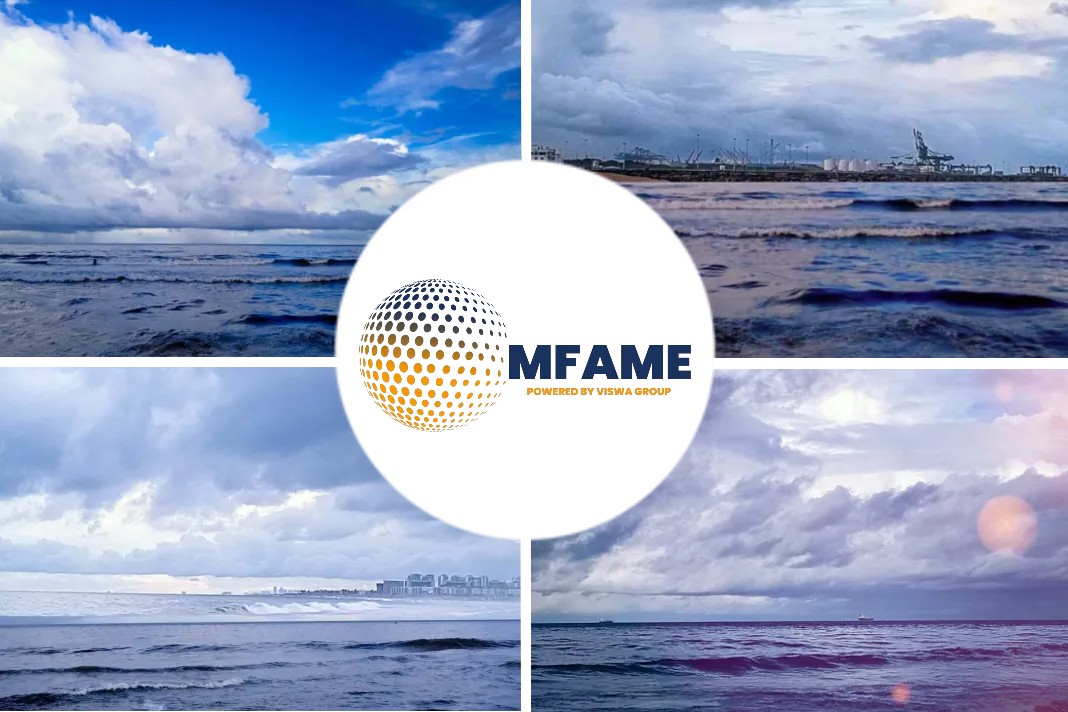- Digitalization has introduced the product tanker industry to previously unimaginable levels of information.
- With the dawn of widespread sensor technology, virtually limitless data can be captured and used to not only optimize but revolutionize shipping.
In an interview with Executive Vice President and Technical Director of Hafnia, Ralph Juhl, we learn about three of Hafnia’s digital initiatives and his reflections on the potentiality of fully autonomous smart ships.
Hafnia, a member of BW Group has posted this interesting interview on its website.
Positivity breeds possibility
Hafnia has been keen to embrace digitalization for both its own benefit and the benefit it is set to bring the product tanker industry.
Digital initiatives have enabled increased safety of personnel, more sustainable shipping practices, enhanced security of cargo and not least, had a significant impact on the bottom line.
With this in mind it shouldn’t be a surprise that investment in digitalization and how the resulting data can be applied is high on everyone’s agenda.
Efficiency through simplification
Hafnia is in the process of launching a new ship administrative system called ShipPalm, with Alpha Ori Technologies, where HSEQ, Crewing, Purchase and PMS systems data are all centrally located.
Collecting data sets in this way and cross referencing them will create systems that automatically advise on preventative maintenance and operational efficiency.
For an industry traditionally offline and set in its ways, systems like ShipPalm are a breath of fresh air and lay the foundation for many more broad-reaching digital initiatives.
An eye on the future – SMARTShip
One such pioneering initiative is SMARTShip – a sensor-driven system that aims to harvest as much data as possible from all ships across the fleet.
Whether monitoring fuel consumption, speed, pumps, purifiers, emissions or ballast water, SMARTShip’s objective is to understand each aspect of individual vessel performance while also creating a holistic, bigger picture of the fleet.
A system like this also allows Hafnia to evaluate the specific impact of new operational initiatives rolled out by management.
It is data-rich decision making and innovation such as this that will guide Hafnia’s fleet safely into 2030 – enabling it to reach the CO2 requirements set by the International Maritime Organization and the United Nations.
Performance can be compared between vessels and knowledge shared among the fleet.
Measuring performance and sustainability with COACH
The COACH performance program is another digital tool that Hafnia is using, in this case to objectively determine vessel pool points and the distribution of earnings among the pool members.
By collecting and analyzing many different types of data, these earnings are determined accurately and reliably.
COACH is also used to record oil consumption, hull and propeller condition and the efficacy of different sustainability initiatives (through the measurement of CO2/GHG levels of individual ships).
Furthermore, the lessons from our digitalization journey are constant. COACH was initially instigated to determine performance, pool points and earnings distribution, yet it was soon discovered that propeller maintenance and antifouling upgrades could be run via the same system.
Starting small in this way and building big has often proved the best method for Hafnia’s digitalization projects. Clearly understanding objectives before investing in a project has been critical to success.
It is important to remember that digitalization is a means to an end, not the end in itself.
“The purpose of Hafnia’s digitalization initiatives is to improve safety, environmental performance, asset value and earnings. Our process has already brought immense results in each of these areas, but we’re excited that there is still much benefit to be realized.”
Is autonomous shipping poised to follow initiatives like SMARTShip?
SMARTShip is a high priority for Hafnia and solid results are already evident from this initiative, but the full potential of automating specific processes on vessels has yet to be realized.
Looking towards the future, it doesn’t seem a far cry to ask whether the comprehensive monitoring of vessels could lead to a global network of fully autonomous ships.
With increasingly reliable ship-to-shore connections and constantly improving navigational and operational technologies, it’s reasonable to speculate on how long autonomous ships will remain science fiction.
The drivers and drawbacks of autonomy
The safety aspects of autonomous shipping are complex and hard to guarantee. On top of that, the cost for the industry to accommodate and empower self-sufficient vessels is still astronomical.
The savings created by no longer having a crew pale in comparison to the expense of building a state-of-the-art autonomous ship.
This is true without even considering the substantial modifications required for ports in order for such ships to be able to dock and launch.
Add the gargantuan political task of agreeing upon regulatory legislation and responsibility – as the ships pass through many different international waters – and the notion of autonomous ships seems a long way off, if not virtually impossible within our lifetime.
Though autonomous shipping may not be the immediate upshot of digitalization, Juhl is convinced of the growing presence and effect of digital initiatives in the product tanker industry.
“Autonomous ships may not be seen sailing over the horizon quite yet, but one thing is certain – digitalization is being embraced and encouraged by many within the product tanker industry and the results are both real and motivating when it comes to improved safety, efficiency and reliability.”
Did you subscribe to our daily newsletter?
It’s Free! Click here to Subscribe!
Source: Hafnia

















